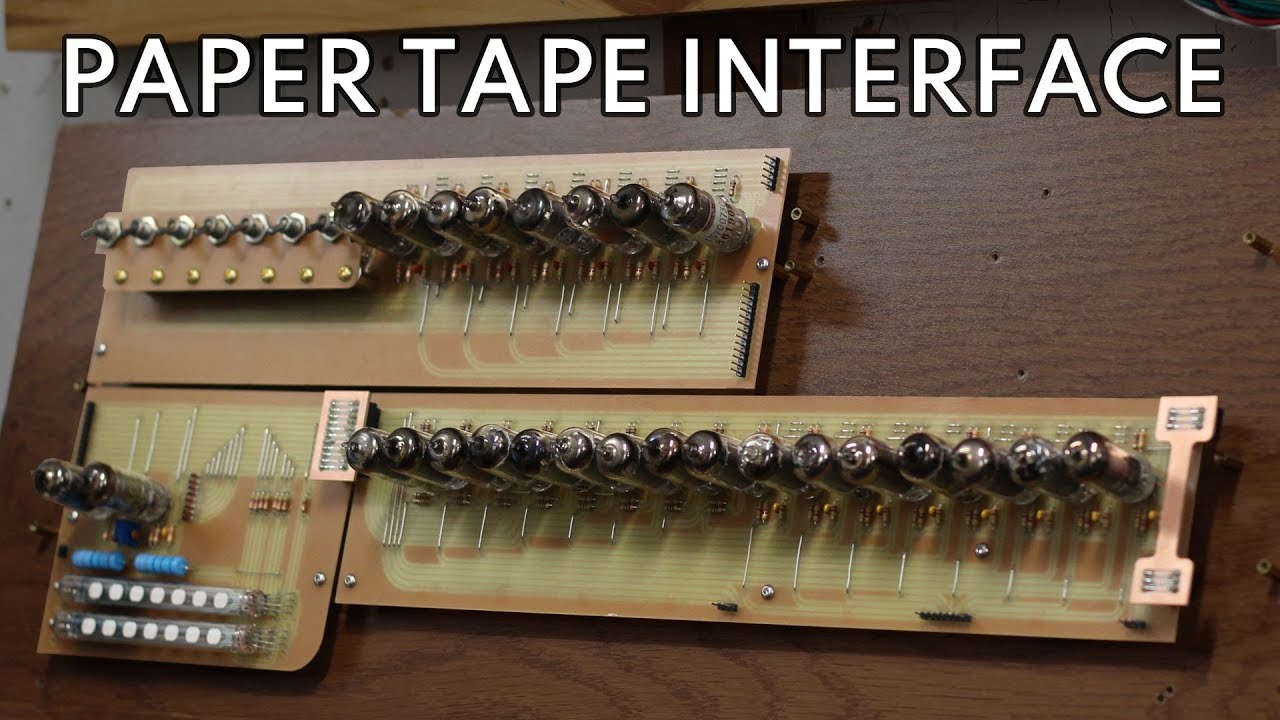With the decision to supply instructions (operation codes and address fields) to the one-bit vacuum tube computer from paper tape (making it run similarly to the original IBM Card-Programmed Electronic Calculator from 1949). This means there will be no branching or loop capability in the instruction stream, but then these are not inherent functions of the original Motorola microcontroller upon which the machine is based. They could be implemented as an add-on using I/O to activate skip forward and backward in the paper tape reader, as Babbage envisioned with the Combinatorial Cards for Skipping and Advancing in his Analytical Engine.
With the instruction stream coming from the paper tape reader (which has yet to be designed and built), it is natural to generate the system clock from the reader, triggering one machine cycle per instruction read. I would have done this from the sprocket hole in the tape, but here the designer chose to logically OR all of the eight tape channels together to detect the start of a new frame after the blank tape between instructions. This means an all zero punch does not generate a clock pulse, but this is deemed OK since the zero code is a no-operation instruction. A delay is introduced with a simple resistor-capacitor circuit to allow the signals from all channels of the paper tape to settle after the first zero-to-one transition triggers the clock generator.
